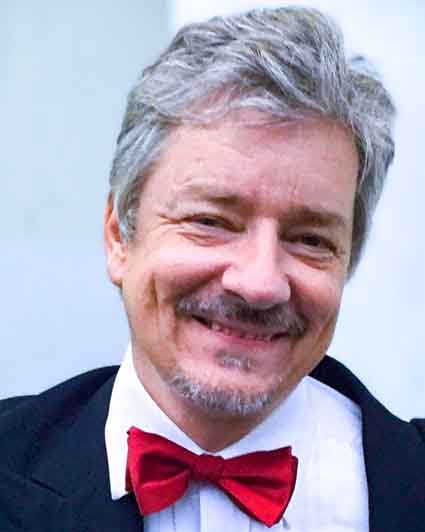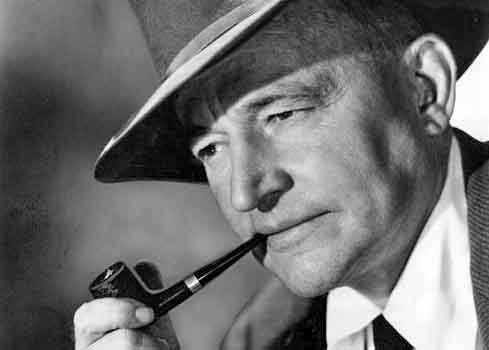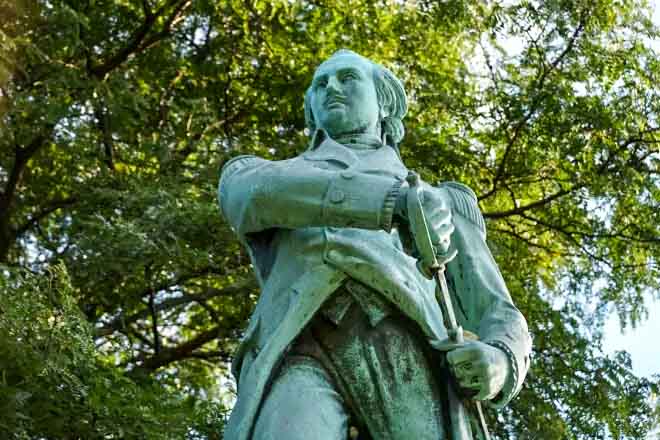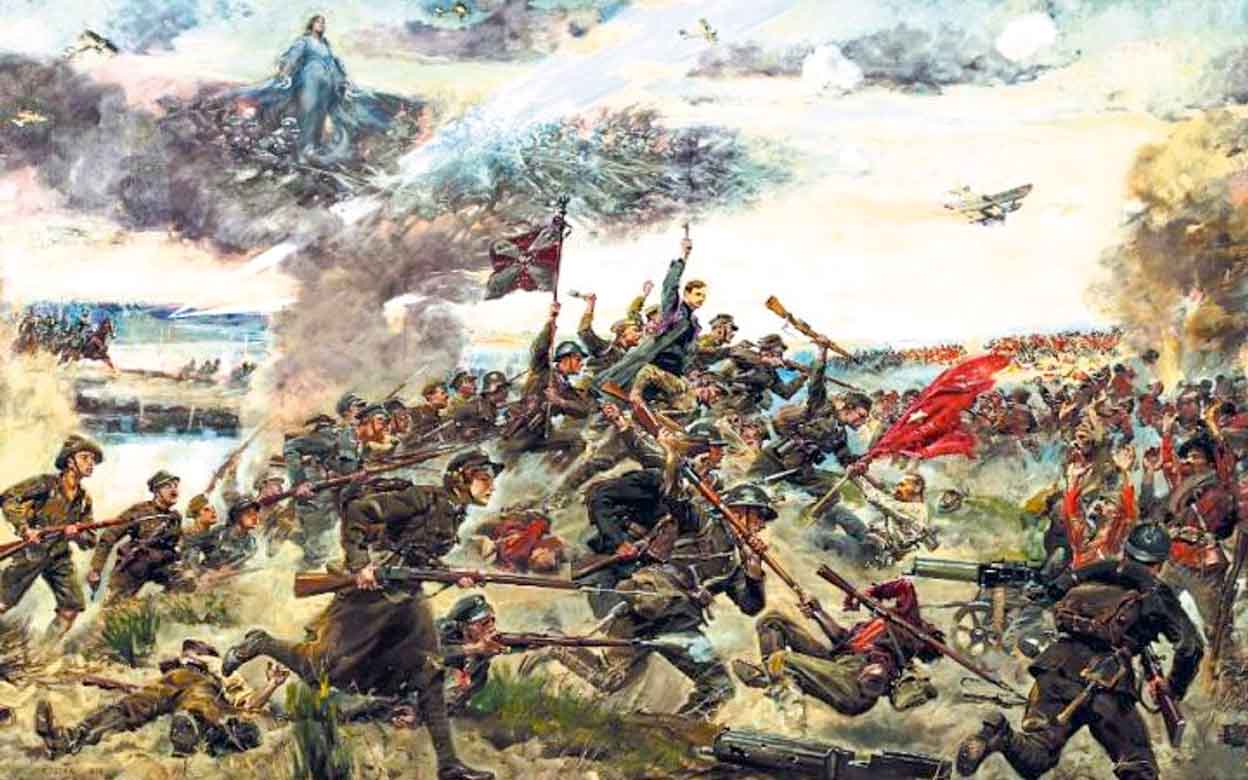Here we continue the story of Merian C. Cooper, which began with the article "Pulaski's Debt: American Airmen in the War of 1920.."
In the collective imagination, "King Kong" is "Beauty and the Beast," the Empire State Building, and machine guns on the wings of a biplane. Few remember that the actor playing the pilot in the 1933 finale was actually an aviator who had nearly died in two wars and, before "King Kong" came into being, paraded with a camera through Persia, Siam, and Africa.
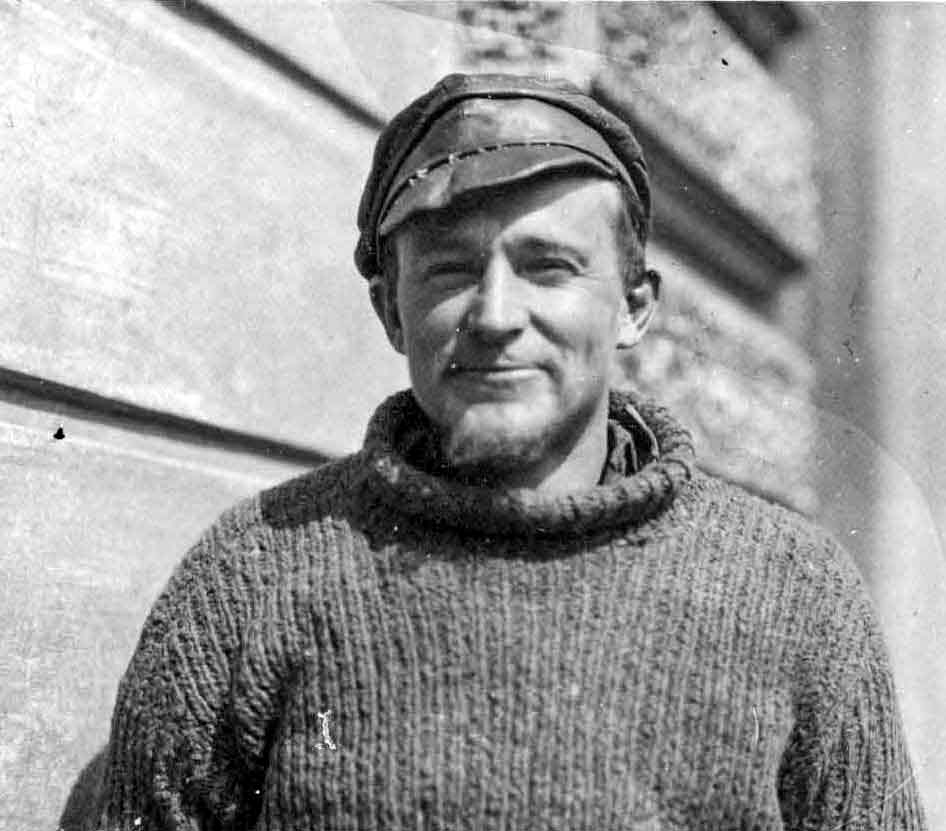
Cooper on the Latvian border after escaping from a Soviet POW camp (Source: Wikipedia)
Jacksonville: The Cinema That Blew Up from the Ashes
Cooper's childhood was marked by the Great Fire of 1901—their house on Monroe Street burned down; the family could afford to rebuild on Market Street, but the sight of the devastated city became ingrained in him.
When Jacksonville became a silent film hotbed, young Merian was hooked—though first there were wars.
Ernest Schoedsack and "Far, Difficult, Dangerous"
After the war with the Bolsheviks, Cooper tried civilian life as a reporter. He wrote for the Minneapolis Daily News, the Des Moines Register-Leader, and the St. Louis Post-Dispatch. But he quickly decided that rather than reporting on other people's adventures, he preferred to experience them himself. It was then that the idea arose to take his camera where the roads ended—to the mountains of Persia, the jungles of Siam, and the savannah of Africa.
After his European experience, Cooper teamed up with cinematographer Ernest Schoedsack. Together they chose a direction: the film would be far-flung, difficult, and dangerous.
In 1924, Cooper and Schoedsack set off with heavy cameras to Persia (Iran) to accompany the Bakhtiari tribe on their dramatic trek through the snowy passes of the Zagros Mountains. The resulting documentary, "Grass: A Nation's Battle for Life," was one of the first anthropological works ever shot on film. It was a shock for contemporary audiences: cinema showed the real world, not a staged version.
Two years later, Cooper and Schoedsack moved to Siam (Thailand) to film "Chang" (1927). The team worked in extreme conditions: tropical diseases, heat, and, above all, unpredictable animals. In one scene, elephants actually panicked and destroyed the set—a shot that ultimately made it into the film. "Chang" was nominated for the first-ever Oscars and became a symbol of adventure cinema before the era of special effects.
Then came "Four Feathers" (1929) — a plot, Africa and high critical acclaim.
Merian - Privately
In 1927, Cooper published his autobiography, " Things Men Die For ," in which he recounted his experiences during the Polish-Soviet War and his escape from a Soviet camp. The book caused a sensation because the author also touched on a personal story—the woman he loved. Shortly after its release, Cooper bought up the entire print run and destroyed most of the copies. He argued that "some things are better left to memory than to print."
That same year, 1927, the Boy Scouts of America awarded him the title of Honorary Scout —alongside figures such as Charles Lindbergh and Roald Amundsen. The honor was awarded to those who "in their daily lives embodied the spirit of adventure and courage." Cooper thus found himself among an elite group of pioneers—recognized not only as a filmmaker but also as a symbol of the American spirit of exploration.
Cooper repeatedly grew tired of the "studio machine" and returned to aviation—but David O. Selznick brought him to RKO Pictures. There he met Willis O'Brien, a pioneer of stop-motion animation. It was a turning point: the giant ape from Cooper's childhood imagination could come to life.
For Cooper, the interwar period was not just about film and adventure, but also about his aviation business. In 1927, he joined the board of the newly formed Pan American Airways, planning long-haul routes through the Caribbean and South America. It's remarkable that a few years later, his film "King Kong" would be transported to New York by plane—a symbolic loop between dream and reality.
Birth of the Kong
In 1933, starring Fay Wray and Robert Armstrong, "King Kong" captivated audiences. The beast was both brutal and charming, and the film was a technological marvel (models, trick shots, stop-motion). The pilot who shoots Kong atop the Empire State Building? That's none other than Merian Cooper.

1933 film poster (Source: Wikipedia)
His success led RKO to promote him to head of production. There, he became known not only as the producer of "Kong" but also as a visionary in studio organization. When others feared experimentation, he opted for films that were "unproven"—musicals, Westerns, adventures. It was he who brought Fred Astaire and Ginger Rogers together on screen, creating a duo that defined Hollywood's golden age. The press described him as "the man who thinks in pictures."
In 1933, after the success of "King Kong," Cooper sensed the potential of color and, with David O. Selznick, founded Pioneer Pictures, the first studio to fully embrace Technicolor. Their film " La Cucaracha " (1934) was one of the first short films shot in three-color color. For Cooper, a man of the image, color was another frontier to be crossed—like the sky once was. This cemented the color revolution in film (Selznick would later exploit it in "Gone with the Wind").
Argosy Pictures and John Ford
In the following years, Cooper co-founded Argosy Pictures with John Ford. From this period came Ford's "Cavalry Trilogy" ("Fort Apache," "She Wore a Yellow Ribbon," "Rio Grande") and the masterpiece "The Searchers" (1956). This was a different kind of adventure: not a documentary, not a monster, but an American myth told on a grand scale.
Ties with Poland
In 1922, Cooper co-edited Faunt-le-Roy and His Squadron in Poland, a book about the fate of American pilots from the Kościuszko Squadron. Throughout the 1930s, he maintained contacts with Polish veterans in the USA and in 1937 became a member of the Polish Army Veterans Association. At its meetings, he spoke passionately: "Poland is a country that fights for freedom, not only its own, but also the world's."
In 1939, Cooper organized a charity concert for fighting Poland. In England, on March 14, 1941, he visited the pilots of the 303rd Squadron. During the war, he cared for Poles in the United States. After the war, he helped airmen who emigrated to the United States and maintained contacts with the Polish authorities.
Awards and the Memory of Popular Culture
"King Kong" has been remade, and the film legend lives on. In 1952, Cooper won an Oscar (remembered as an honor associated with his groundbreaking work). In 2008, the film won, among other awards, a TV Land Award ("Best Drive-in Film"), and in 2009, he was inducted into the Online Film & Television Association Hall of Fame. There's a star on the Hollywood Walk of Fame—with the misspelling "Meriam" instead of Merian. Jokingly: in Poland, we're called Marian—perhaps a sign that he had more in common with Poland?
The Last Scene: Ashes and the Sea
On April 21, 1973, Merian C. Cooper died of cancer in San Diego. His ashes were scattered at sea—a symbolic finale for a man who made "far, difficult, and dangerous" the principle of his creative life. In one confession, he wrote, "It was good to fight for Poland!"—a sentence that could just as easily have been the signature of his films: always on the side of freedom, always against tyranny.
The first part of this series of articles about the colorful life of Merian Cooper appeared under the title "Pulaski's Debt: American Airmen in the War of 1920".
The third and final part of Merian Cooper's biography is published in the article "Air War: From Doolittle to Nadzab - Merian Cooper in World War II."



